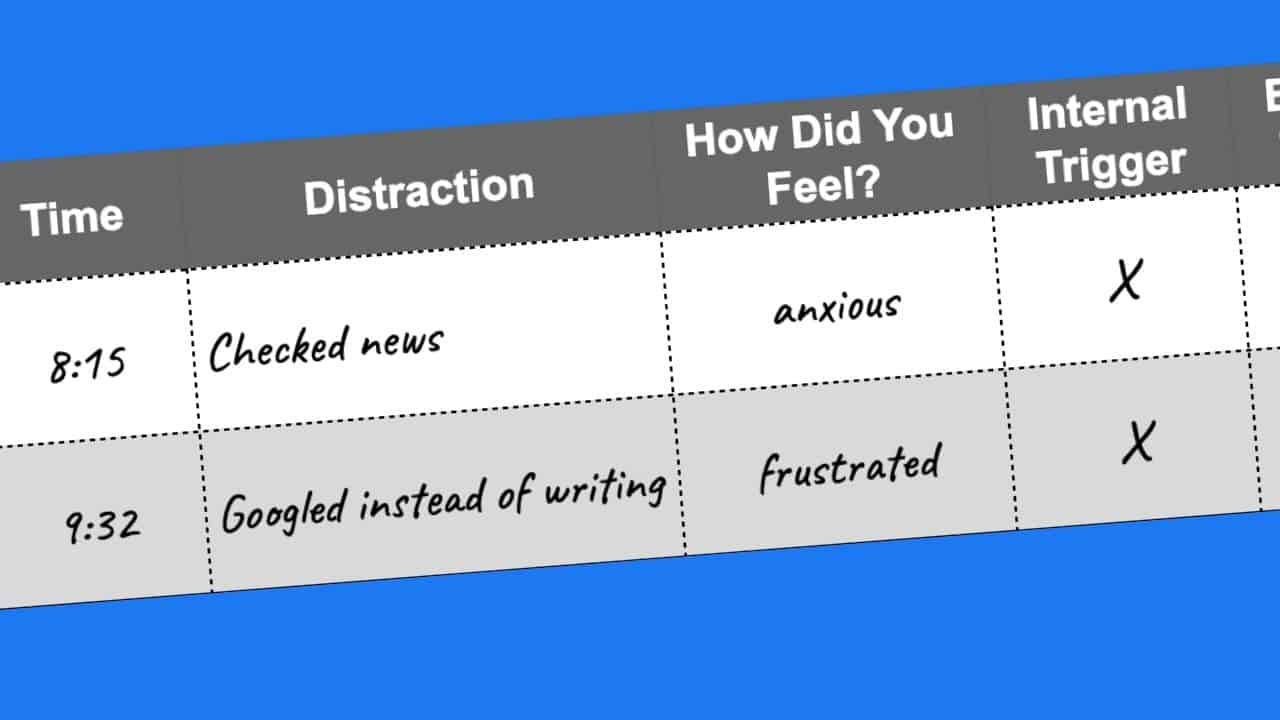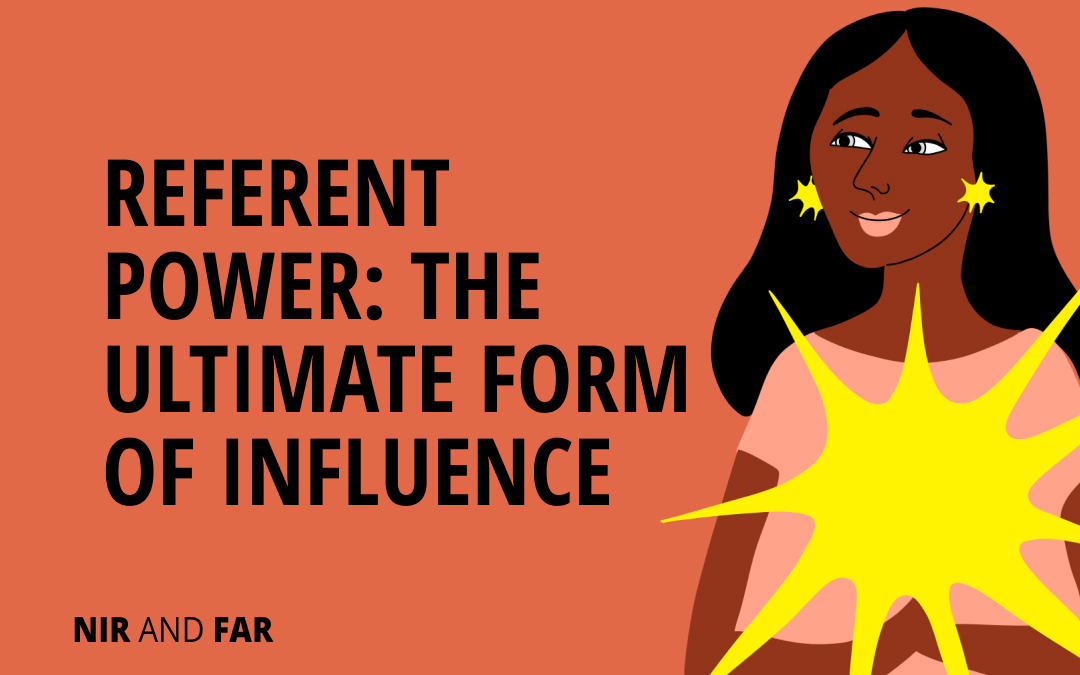“Be the change you want to see in the world.” —paraphrased quote from Mahatma Gandhi
Where does a leader’s power come from?
In their landmark 1959 report often referenced in leadership theory, social psychologists John R. P. French and Bertram Raven pinpointed five bases of power:
- Legitimate: when people perceive that your rank in a formal hierarchy—e.g., manager, CEO, or president—gives you the right to “prescribe” their behavior
- Reward: when people perceive your ability to distribute rewards for completed tasks or met goals
- Coercive: when people perceive your ability to distribute punishments and disincentives (the opposite of reward power)
- Expert: when people perceive your special knowledge or expertise, which causes them to defer to your expertise
- Referent: when people feel “oneness” with you or a desire to be like you, leading to their respect and admiration of you
Referent power is considered the most potent because it doesn’t require that a leader micromanage, use coercion, or reward to influence others. People follow a leader with referent power based on who the leader is and how they behave. According to French and Raven, referent power has the broadest range of influence of any power, allowing it to be leveraged on a large scale.
Referent power also aligns with being an indistractable leader. Being indistractable, the essential skill of our time, is about living in harmony with your values, without letting distraction deter you. Indistractable leaders model those values for others, leading by example.
As I explain in my book Indistractable, the best way for an executive or manager to, for example, enforce a work-life balance in the office is to exemplify one. At home, my wife and I try to model indistractable practices for our daughter. Naturally, the two places where we have the most referent power are at home and at work, where we spend the most time.
There’s a lot of advice on how to be a better leader—and an overwhelming amount on how to be a better parent (some controversial or judgmental). But referent power keeps it simple: Show, don’t tell.
In this ultimate guide to referent power, I explain how your referent power can help you build an indistractable workplace and raise indistractable kids.
Free Distraction Tracker
Distraction doesn’t have to be debilitating.
If you’re serious about taking control of your attention once and for all, download my distraction tracker and get started now.
Your email address is safe. I don't do the spam thing. Unsubscribe anytime. Privacy Policy.

Referent Power: What It Is and How to Use It
Referent power is a form of values-based leadership. It’s subtle. It isn’t about charisma or wielding authority; it’s about embodying your values and inspiring others through your actions.
According to this 2019 study, referent power is:
dependent on the follower’s perceived personal identification with the influencer (Raven et al., 1998). The basis of this power stems from the extent to which the follower’s personal self-identity is made better through interaction with the influencer or the desire of the follower to be like, or associated with, the influencer (Podsakoff and Schriesheim, 1985).
Simply, people are likely to adopt the behaviors of a leader they want to be like.
Referent power is a type of soft power. Compared to hard power, which coerces compliance, soft power is “the ability to obtain preferred outcomes by attraction rather than coercion or payment.” Soft power in world politics is a country’s “attractive attributes—civil society, human rights, and opportunities for individual success—that inspire other countries to want the same goals,” as opposed to a hard power like military force.
Referent power is an ethical form of leadership partly because it forces us to look hard at our own behaviors and their influence on others.
Think of it as a check-and-balance system for your behaviors and expectations as a leader. If you don’t want someone else doing something, then you shouldn’t do it, or if you don’t want to do it, then maybe it isn’t fair to ask someone else to do it. If you want your employees, coworkers, or children to develop healthy habits, you need to model those habits.
By acting as a role model through referent power, we show the people around us what they, too, are capable of.
Say you want to jog three times a week. Running regularly and practicing the skill of doing what you said you would, when you said you would, acts as evidence to other people (and to yourself) of what really matters to you. You model positive change for others.
More good news: You don’t need to be a perfect superhero to leverage referent power. It doesn’t mean never messing up. It means understanding why you fell off track and fixing the source of the distraction.
Modeling indistractability through referent power benefits not just you, but everyone around you.
Referent Power in the Workplace
One study shows that there are many reasons to use referent power in the workplace, one major one being that it inspires intrinsic motivation in employees.
Among the various types of motivation, intrinsic motivation has the highest level of autonomy—one of three psychological nutrients that people need for motivation and psychological well-being, according to self-determination theory by researchers Edward Deci and Richard Ryan.
In contrast, leaders’ use of hard power results in lower levels of autonomy, plus greater absenteeism, lower productivity, and higher rates of burnout.
Referent power is key to employee satisfaction and organizational performance; another study shows that it, “causes leaders to emerge and grow outside the legitimate power with a commitment to listen, to solve problems, and to positively impact others in the pursuit of organizational goals, without abandoning employees’ or peers’ individual needs to feel valued and appreciated.”
In this way, using referent power builds a work environment with psychological safety—which one team of researchers identified as the most important of five key dynamics that set successful teams apart. Psychological safety, defined by organizational behavioral scientist Amy Edmondson, is “a belief that one will not be punished or humiliated for speaking up with ideas, questions, concerns, or mistakes.”
Leaders can use their referent power by exemplifying the indistractable behavior they want to see in their employees. For example, Bill Macaitis, who served as Slack’s chief revenue officer and chief marketing officer, said he blocks off time to check messages so he can have uninterrupted time for focused work, which likely sent a profound message to his colleagues.
Indistractable leaders can also influence their team by:
- Setting clear boundaries around what justifies holding a meeting.
- Strictly refraining from working after hours, to encourage employees not to either.
- Using technology mindfully and hacking back distractions.
- Inviting employees to discuss workplace challenges and seek solutions together openly.
A quick note of reassurance to people who fear that they have to be likable to have referent power: Although many articles include charisma in the definition of referent power, charisma is not required. One study found that charisma is an “empirically distinct” construct than referent power. Charisma is the ability to inspire and motivate people through emotional and personal appeal; referent power is about being a role model to people you have relationships with.
To leverage referent power, focus on the values you want to uphold in your workplace—values your employees have confirmed as important—and emulate those. You don’t need to be perfect or liked by everyone.
Referent Power in Raising Kids
We’ve all heard the saying, “Do as I say, not as I do.” However, that common adage is pointless to tell kids because they are undoubtedly taking note of what adults do.
American psychologist Albert Bandura called this “observational learning”: Children (and adults!) “observe and model another individual’s behavior, attitudes, or emotional expressions.” Bandura conducted many studies showing that children learn behaviors—sharing, aggression, cooperation, social interaction, and delayed gratification—by watching others.
When parents act as indistractable role models, they create a natural environment for healthy behaviors to take root.
In our home, for example, my wife has taken to wearing a “concentration crown” she bought on Amazon that signals to me and our daughter that she shouldn’t be interrupted. To live out my value of being a caring, involved, fun dad, I’ve added weekly outings with my daughter to my timeboxed calendar.
My daughter has grown up around these indistractable behaviors, which perhaps has made her more amenable to my wife’s and my efforts to encourage her to develop her own. When we wanted her to set healthy boundaries with her iPad, for example, we encouraged her to do so, and she decided to limit her screen time to 45 minutes a day.
Relying on referent power as a parent or guardian also helps us to avoid overcontrolling kids and inciting their psychological resistance, a knee-jerk negative reaction to being told what to do. Similar to the workplace, parents who use referent power can lead by example while respecting their children’s autonomy.
Of course, kids don’t always follow our lead. But remember, referent power is about influence, not control. The goal is to create an environment that fosters indistractable behaviors, not to micromanage your child’s life.Be the Change
By being consistent and authentic in your indistractable behaviors as a leader, you inspire others to do the same.
Now that you’re aware of your referent power, reflect on your behavior and how it affects those around you. Consider how you can leverage referent power to foster positive change in your workplace and your home. Be the change you want to see.
Related Articles
- Schedule Maker: a Google Sheet to Plan Your Week
- Habit Tracker Template in Google Sheets
- The Ultimate Core Values List: Your Guide to Personal Growth
- Timeboxing: Why It Works and How to Get Started in 2024
- An Illustrated Guide to the 4 Types of Liars
- Hyperbolic Discounting: Why You Make Terrible Life Choices
- Happiness Hack: This One Ritual Made Me Much Happier

